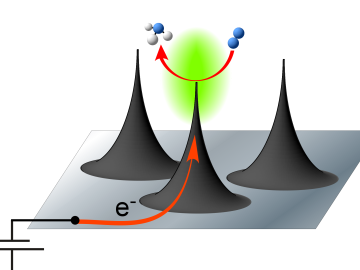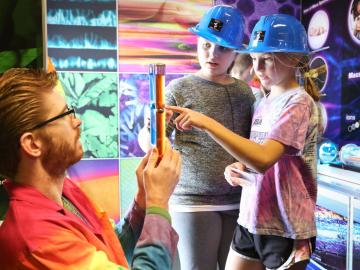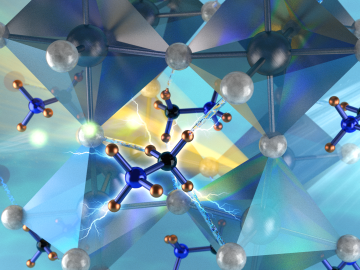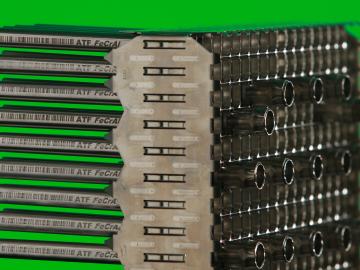
Filter News
Area of Research
- Advanced Manufacturing (4)
- Biological Systems (1)
- Biology and Environment (8)
- Clean Energy (32)
- Climate and Environmental Systems (1)
- Computational Biology (1)
- Computer Science (1)
- Energy Frontier Research Centers (1)
- Fuel Cycle Science and Technology (1)
- Fusion and Fission (1)
- Isotopes (1)
- Materials (42)
- Materials for Computing (3)
- National Security (3)
- Neutron Science (25)
- Nuclear Science and Technology (11)
- Nuclear Systems Modeling, Simulation and Validation (1)
- Sensors and Controls (1)
- Supercomputing (25)
News Type
Date
News Topics
- 3-D Printing/Advanced Manufacturing (16)
- Advanced Reactors (4)
- Artificial Intelligence (3)
- Bioenergy (8)
- Biology (1)
- Biomedical (6)
- Biotechnology (1)
- Buildings (1)
- Chemical Sciences (3)
- Climate Change (4)
- Composites (2)
- Computer Science (19)
- Coronavirus (9)
- Critical Materials (2)
- Cybersecurity (2)
- Decarbonization (1)
- Energy Storage (7)
- Environment (9)
- Exascale Computing (1)
- Fusion (1)
- Grid (1)
- High-Performance Computing (2)
- Isotopes (6)
- Machine Learning (3)
- Materials (2)
- Materials Science (17)
- Microscopy (4)
- Molten Salt (1)
- Nanotechnology (13)
- National Security (2)
- Neutron Science (18)
- Nuclear Energy (9)
- Physics (8)
- Polymers (4)
- Quantum Science (8)
- Security (4)
- Space Exploration (1)
- Summit (9)
- Sustainable Energy (11)
- Transformational Challenge Reactor (2)
- Transportation (5)
Media Contacts



Oak Ridge National Laboratory will welcome community members onsite Saturday, June 9, for family-friendly activities, tours, demonstrations and talks to mark the lab’s 75th anniversary. The “75 Years of Science: Lab Day at ORNL” special event will give the public an opportunity ...



Oak Ridge National Laboratory today welcomed a second group of technology innovators to join Innovation Crossroads, the Southeast’s only entrepreneurial research and development program based at a U.S. Department of Energy national laboratory. Selected through a me...

James Peery, who led critical national security programs at Sandia National Laboratories and held multiple leadership positions at Los Alamos National Laboratory before arriving at the Department of Energy’s Oak Ridge National Laboratory last year, has been named a...



A scientific team led by the Department of Energy’s Oak Ridge National Laboratory has found a new way to take the local temperature of a material from an area about a billionth of a meter wide, or approximately 100,000 times thinner than a human hair. This discove...


